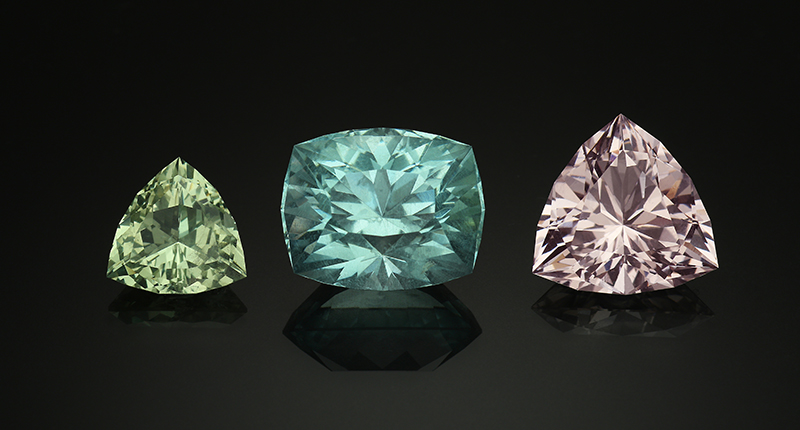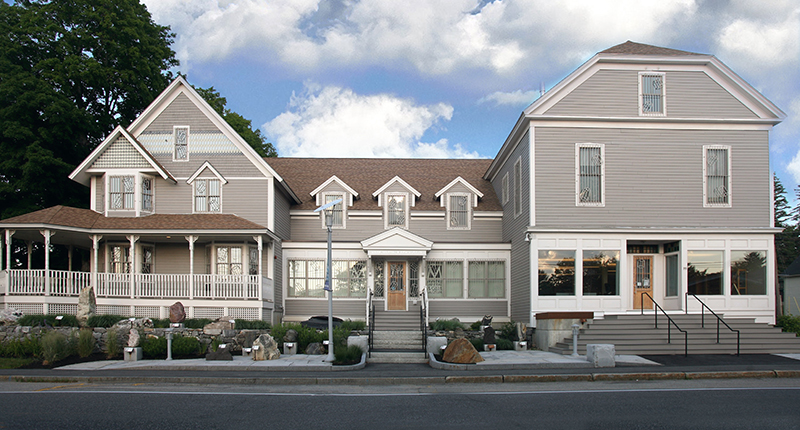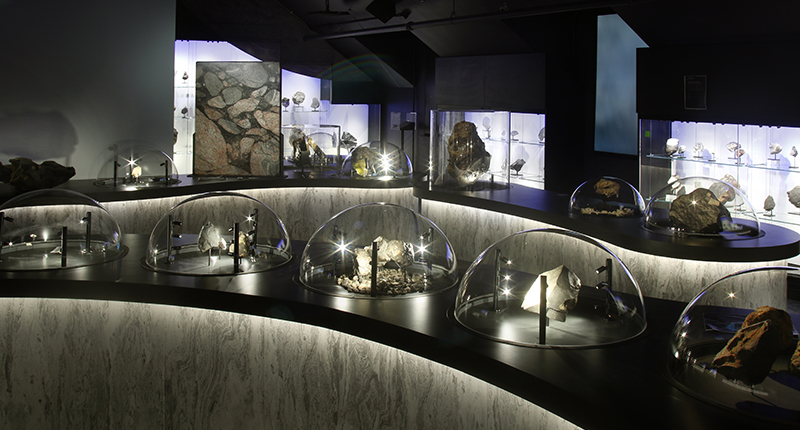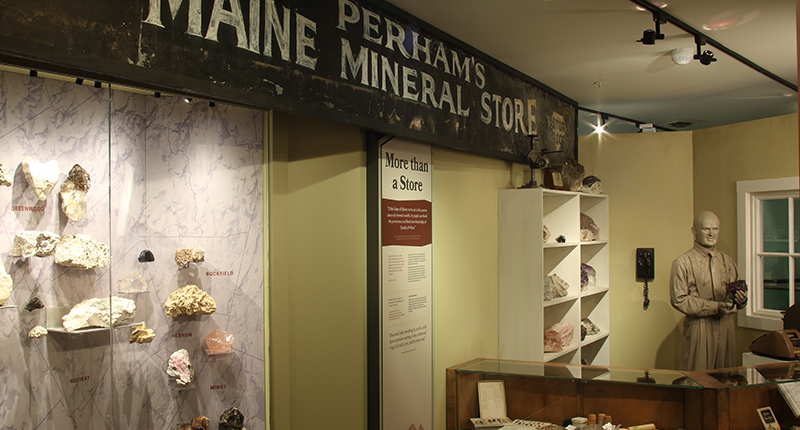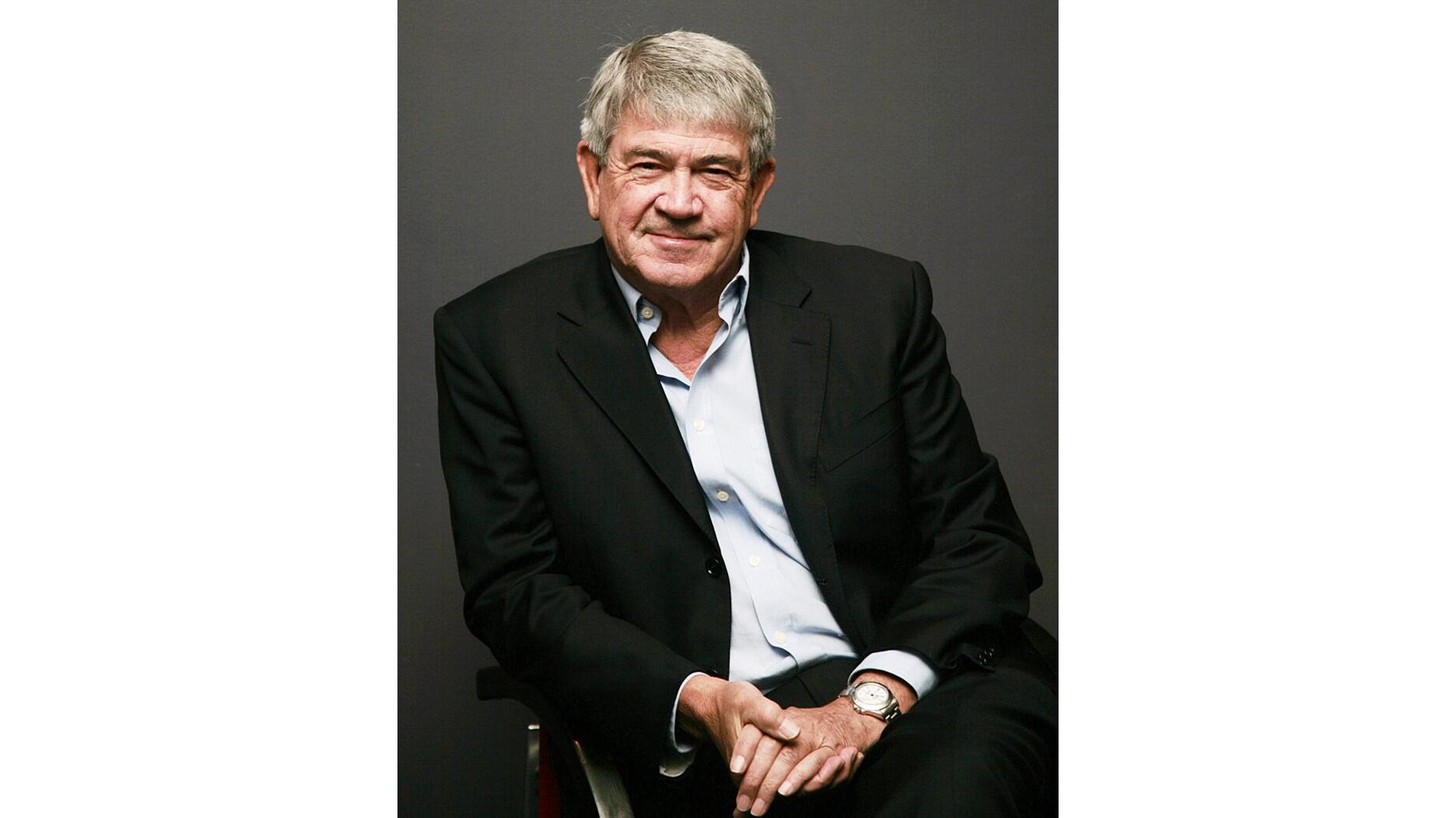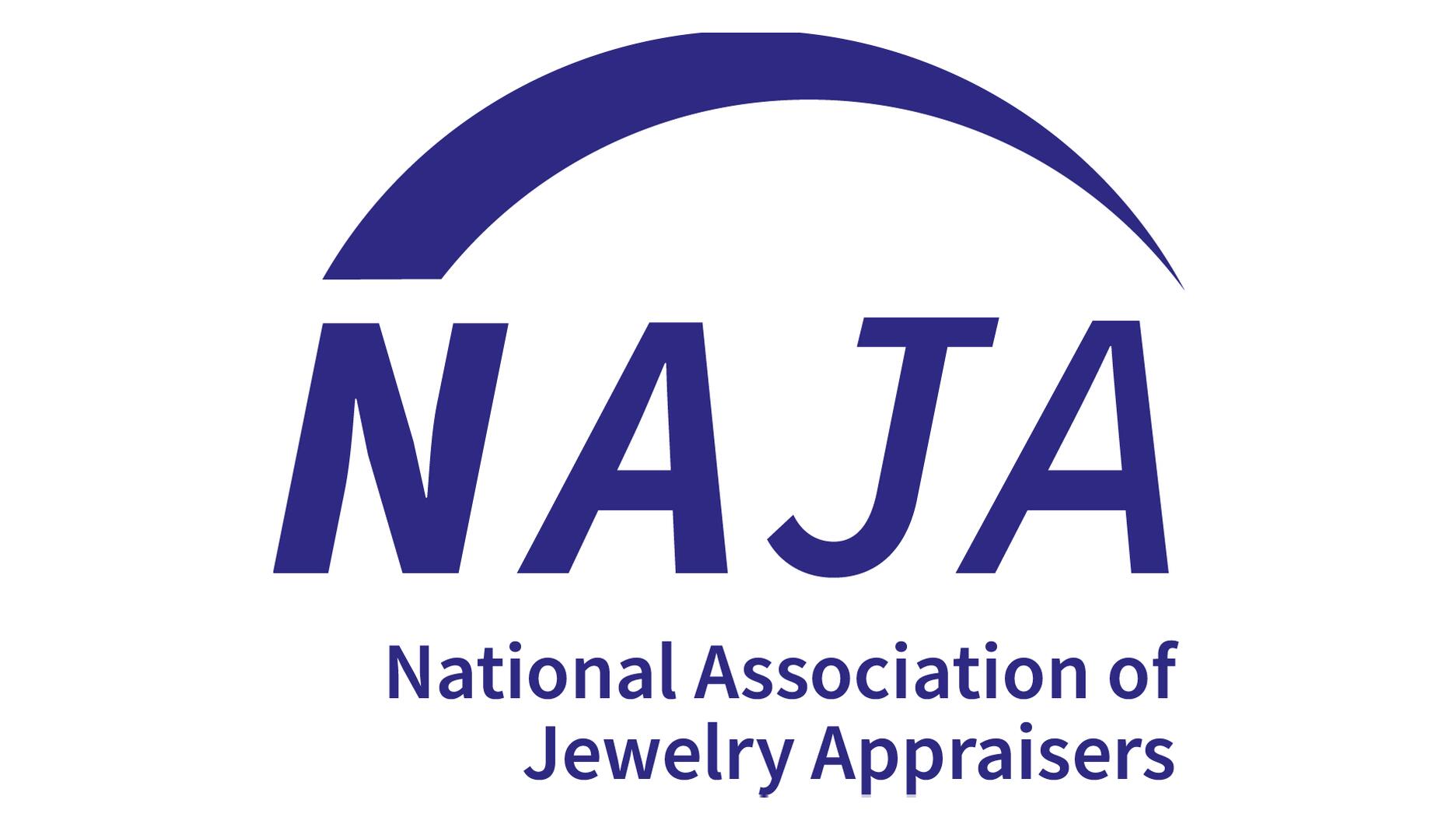The couple pleaded guilty to concealing at least $127 million in cash transactions at its precious metals businesses.
15,000-Square-Foot Gem, Mineral Museum Opens in Maine
It features historic collections, specimens of the state’s gems and one of the foremost collections of meteorites.

The Maine Mineral & Gem Museum, a 15,000-square-foot, three-floor building several years in the making, officially opened its doors Dec. 12.
Larry Stifler and Mary McFadden are the husband-and-wife team behind the museum, which stemmed from their passion for conservation.
The two spent decades creating a land trust comprising more than 15,000 acres, including the historic Bumpus Mine, the location of several giant beryl discoveries in the 1920s.
It was the mine’s legacy that led to the idea of creating a whole museum to honor the state’s gem, mineral and mining history.
Located in a small town called Bethel in the heart of the state’s tourmaline mining region, it houses about 40,000 gems and minerals and 6,000 meteorites.
This includes one of the world’s foremost meteorite collections, featuring specimens from Mars, the Moon and the Asteroid Belt.
The museum said it has “more of the Moon than the 10 largest natural history museums in the world combined;” three of the largest pieces of the Moon will be on permanent exhibit at the museum.
The Maine Mineral & Gem Museum also features the Perham Collection, displayed for 90 years at a local mineral store, and, in front of the building, the Arthur M. Hussey Memorial Rock Garden, which educates visitors about Maine’s geology with 22 specimens from around the state.
The oldest known igneous rock in the solar system, 4.56 billion years old, is also housed at the new facility, as are some of the state’s best specimens of tourmaline, beryl and other native gems.
Highlights include a 1,450-carat smoky quartz—the largest cut gemstone from Maine—and a Tiffany necklace made using Maine tourmaline.
The museum also contains about 250 fossils, nearly 400 mining-related artifacts and some jewelry.
Its library is comprised of 10,000 books, periodicals, maps and recordings; archives from some of the most important figures in Maine mineralogy; a comprehensive collection of historic photographs of mining; and documents about local mining and mineral commerce.
Meanwhile, the MP2 (Mineralogy, Petrology and Pegmatology) Research Group from the University of New Orleans relocated its research facility and instrumentation to the museum. The group will explore the pegmatites of Maine and their minerals.
The on-site laboratory has an electron microprobe, a scanning electron microscope, an X-ray diffractometer and other instruments for advanced mineralogical research.
Stifler and McFadden assembled a team of veterans and experts to lead the museum, including curator Carl Francis, who was the curator for Harvard’s Mineralogical and Geological Museum, and William Simmons, a prominent pegmatologist.
The research team includes two cosmochemists, UCLA’S Alan Rubin and Henning Haack, the former curator of meteorites at the Natural History Museum of Denmark.
The two were brought onto the team by Darryl Pitt, who procured most of the meteorites and is among the world’s leading commercial meteorite consultants.
Stifler and McFadden enlisted the Paulus Design Group, whose clients include the Smithsonian and the National Park Service, and 1220 Exhibits, which is responsible for the displays at the NFL Hall of Fame, to design the museum and its interactive exhibits.
The Latest

Consumers shared concerns about prices, inflation, tariffs, trade, and politics in the survey’s write-in response section.

In February 2026, the auction house will move its headquarters to the former Steinway Hall, a neoclassical landmark on Billionaires’ Row.

How Jewelers of America’s 20 Under 40 are leading to ensure a brighter future for the jewelry industry.

The new show will take place Jan. 23-25, 2026.


The LVMH-owned brand has partnered with the costume design union to revamp its award for 2026.

The luxury titan inked a deal to acquire an initial minority stake in the jewelry manufacturer with a pathway to full ownership by 2032.

Roseco’s 704-page catalog showcases new lab-grown diamonds, findings, tools & more—available in print or interactive digital editions.

The company’s curation of unsigned vintage and estate jewelry debuted at the Bloomingdale’s in Costa Mesa, California.

In the recent multi-shipment seizure, CBP also found counterfeit Audemars Piguet, Moncler, and Chrome Hearts items.

Helzberg’s Chief Retail Officer Mitch Maggart shared details about its tests of a new store concept rooted in an elevated luxury experience.

Jewelers of America execs and National Jeweler editors discuss tariffs, the sky-high gold price, and the engagement that broke the internet.

The luxury goods company said founder Ippolita Rostagno will remain at the brand’s helm.

Laura Burdese, who joined the Italian luxury brand in 2022, will take on the role in July.

The National Jeweler editors revisit the most noteworthy industry happenings and design trends from 2025.

Need a gift for the cat lover who has everything? Look no further than our latest Piece of the Week.

It purchased the “Grosse Pièce,” an ultra-complicated Audemars Piguet pocket watch from the ‘20s, for a record-breaking price at Sotheby’s.

The lab-grown diamond grower now offers custom engagement and fashion jewelry through its Kira Custom Lab Jewelry service.

Chandler got his start at Michelson Jewelers and has served as DCA president and CEO since 2001. He will retire at the end of the month.

The boutique is slated to open this week inside Terminal 8, offering pre-owned Rolex watches and more to international travelers.

Sponsored by Digital Monitoring Products

The special-edition egg pendant ingested in a New Zealand jewelry store was recovered after a six-day wait.

Associate Editor Natalie Francisco plays favorites with Piece of the Week, selecting a standout piece of jewelry from each month of 2025.

The “Love and Desire” campaign is inspired by the magic that follows when one’s heart leads the way, said the brand.

Two awardees will receive free tuition for an educational course at the Swiss lab, with flights and lodging included.

Berta de Pablos-Barbier will replace Alexander Lacik at the start of January, two months earlier than expected.

Sotheby’s held its first two jewelry sales at the Breuer building last week, and they totaled nearly $44 million.











